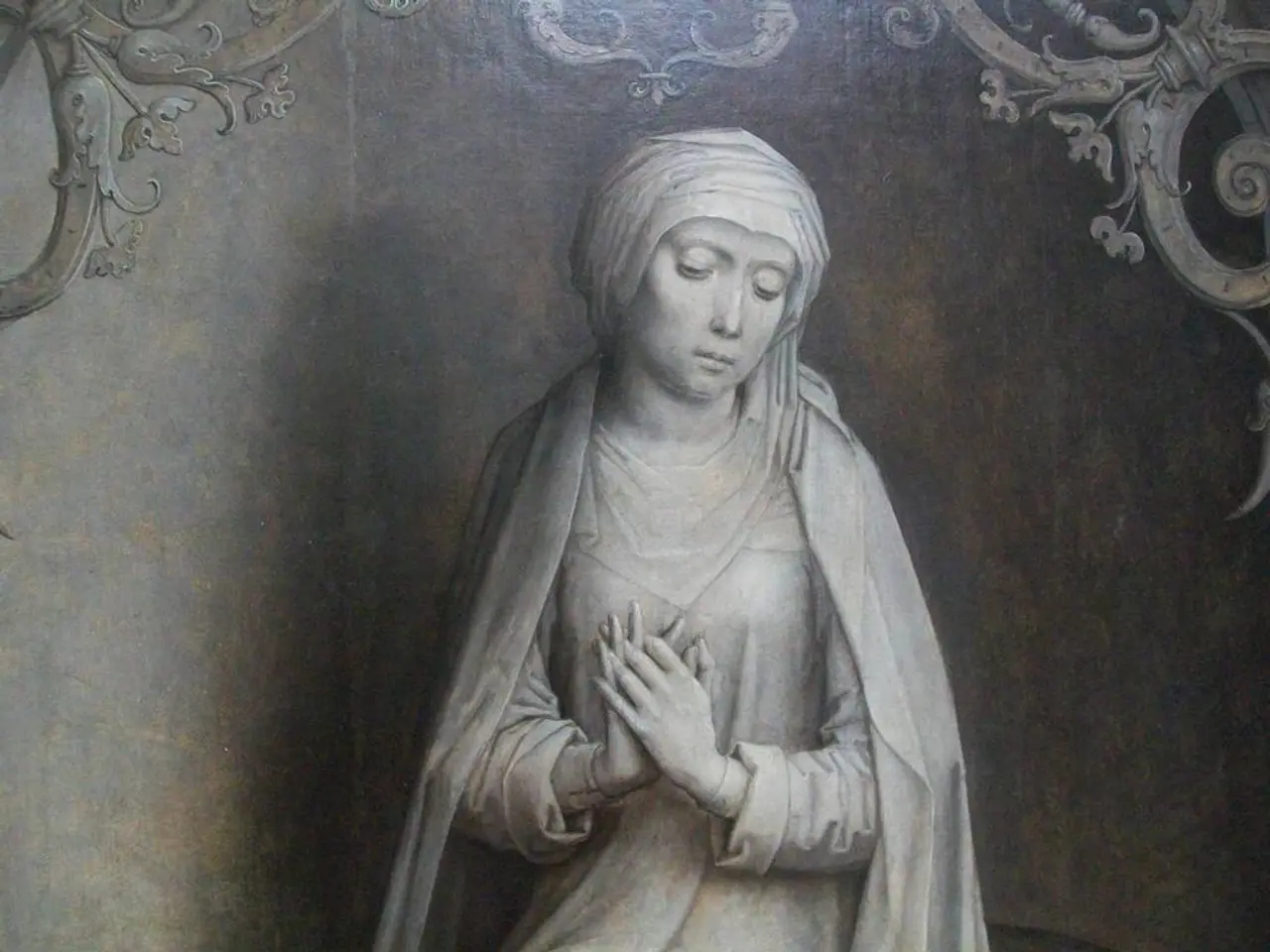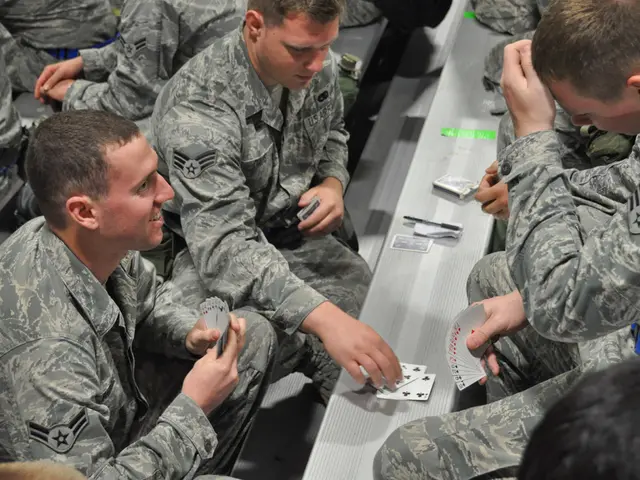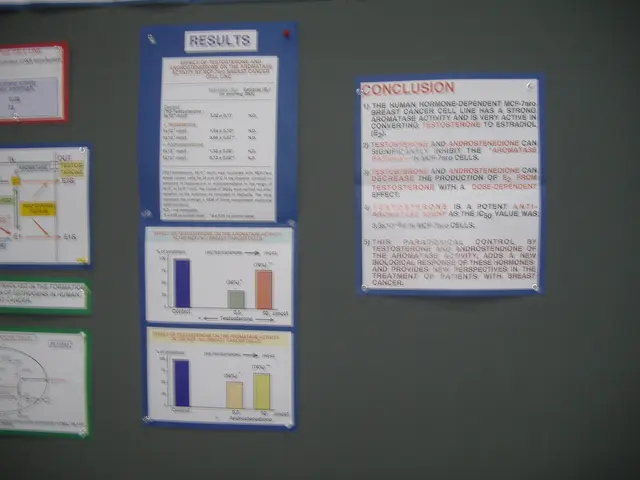Exploration of How Cultural Variety Shapes Artistic Expression
In the ever-evolving landscape of global art, the significance of cultural diversity cannot be overstated. Embracing this rich tapestry of different cultures contributes to a more inclusive and tolerant society, fostering understanding and appreciation of various cultures.
Today, artists from diverse backgrounds are shaping the art scene with their intercultural themes and creative innovation. Notable among them are British-Lebanese Lawrence Abu Hamdan, Algerian Kader Attia, French-Moroccan Yto Barrada, Saudi artist Dana Awartani, and Lebanese Rayyane Tabet. All these artists are connected to Arab and international art networks, showcasing the global reach of cultural diversity in art.
Navigating cross-cultural exchange in art without falling into cultural appropriation is, however, a challenge. Artists must approach their work with humility, empathy, and a willingness to learn from the communities they are representing. This approach ensures that the art created is a genuine reflection of the culture it represents, rather than a distorted imitation.
Institutions, galleries, and curators play a crucial role in promoting diversity. It is essential for them to actively seek out and promote diverse artists, addressing the historical lack of visibility for artists from non-Western cultures, which has been largely due to Eurocentric biases.
Cultural diversity enriches art by providing a wide range of influences, styles, and themes. This diversity serves to challenge and expand our perceptions, inviting us to engage with art in new and meaningful ways.
The future of cultural diversity in art lies in fostering meaningful connections between artists from different cultural backgrounds. Institutions are taking steps to diversify their collections and programming to reflect a more inclusive vision of art history. Engaging in meaningful dialogue with members of diverse communities, seeking their input and consent, is crucial in shaping their narratives.
The art world has the potential to become a more vibrant, inclusive, and reflective space that celebrates the richness of human experience. By embracing cultural diversity, we not only enrich our own lives but also contribute to a more harmonious and understanding world.




